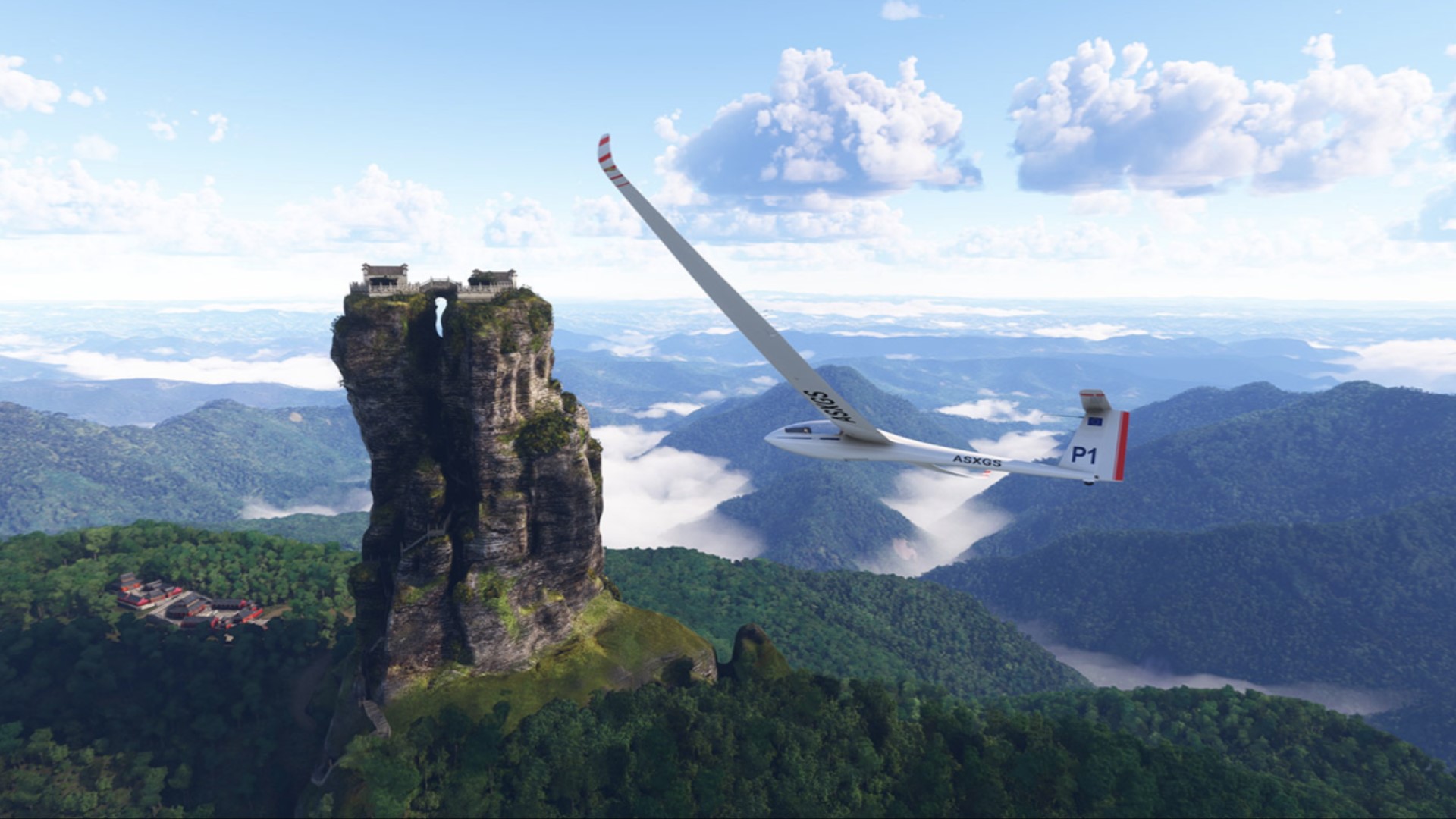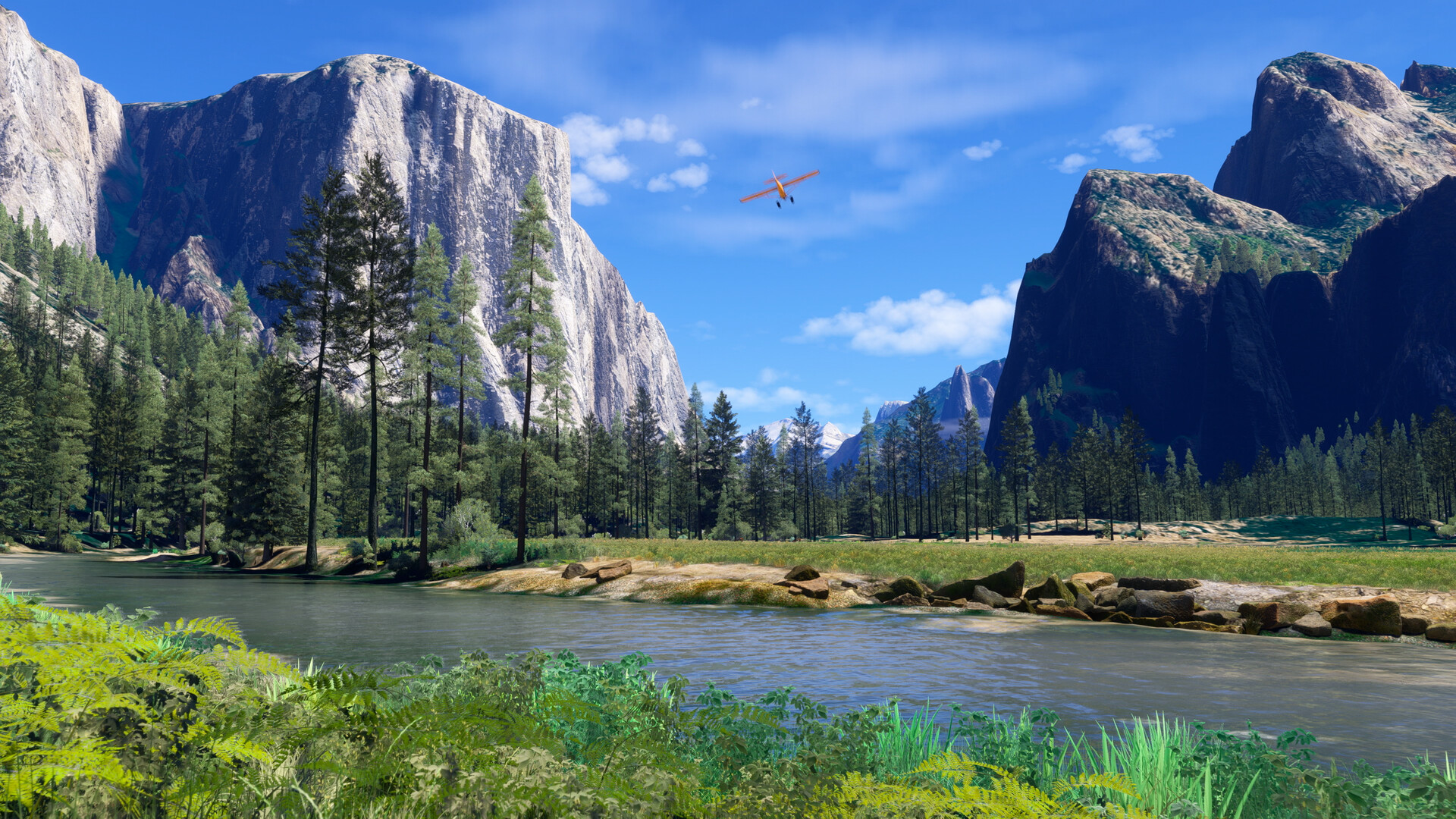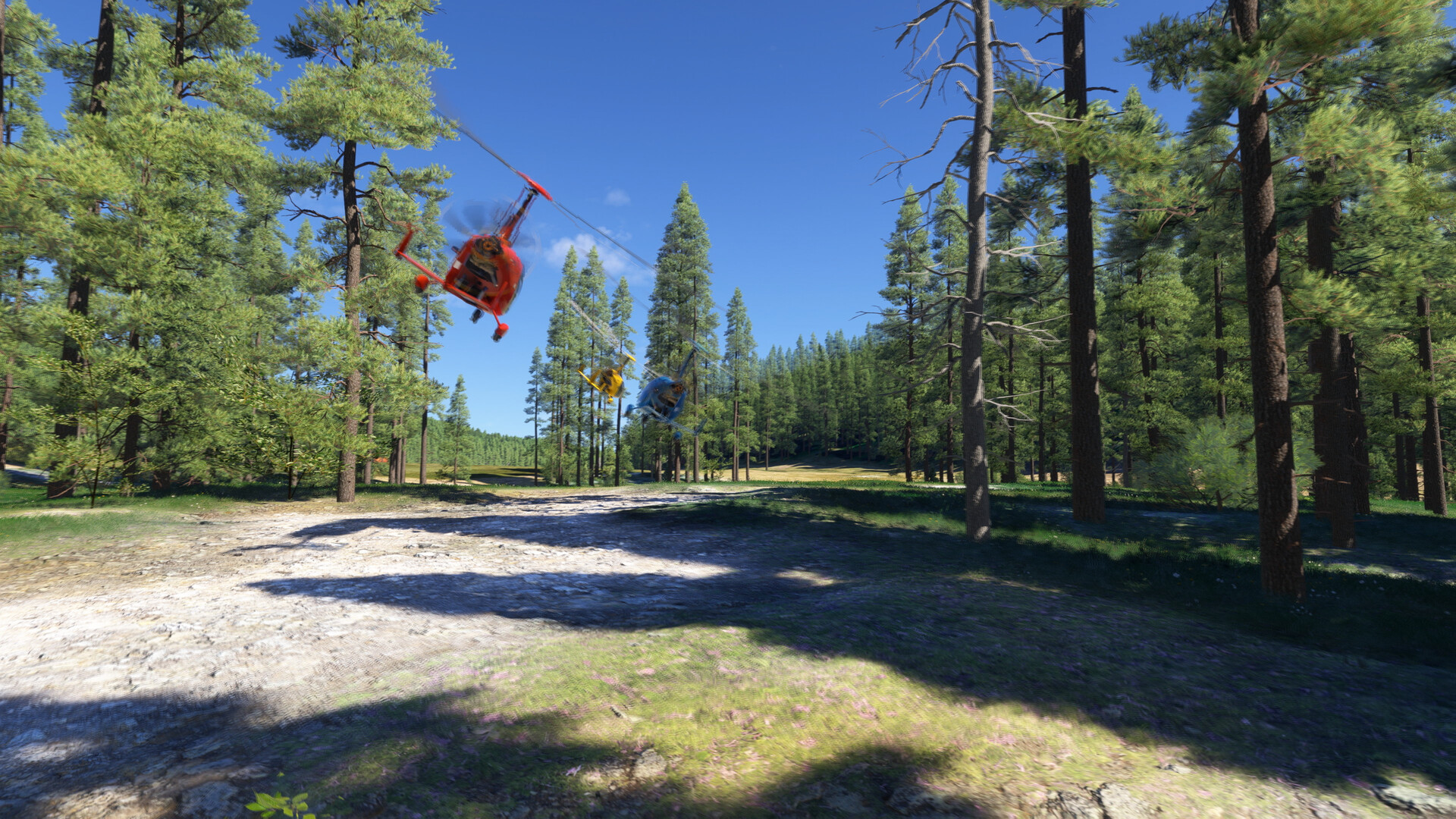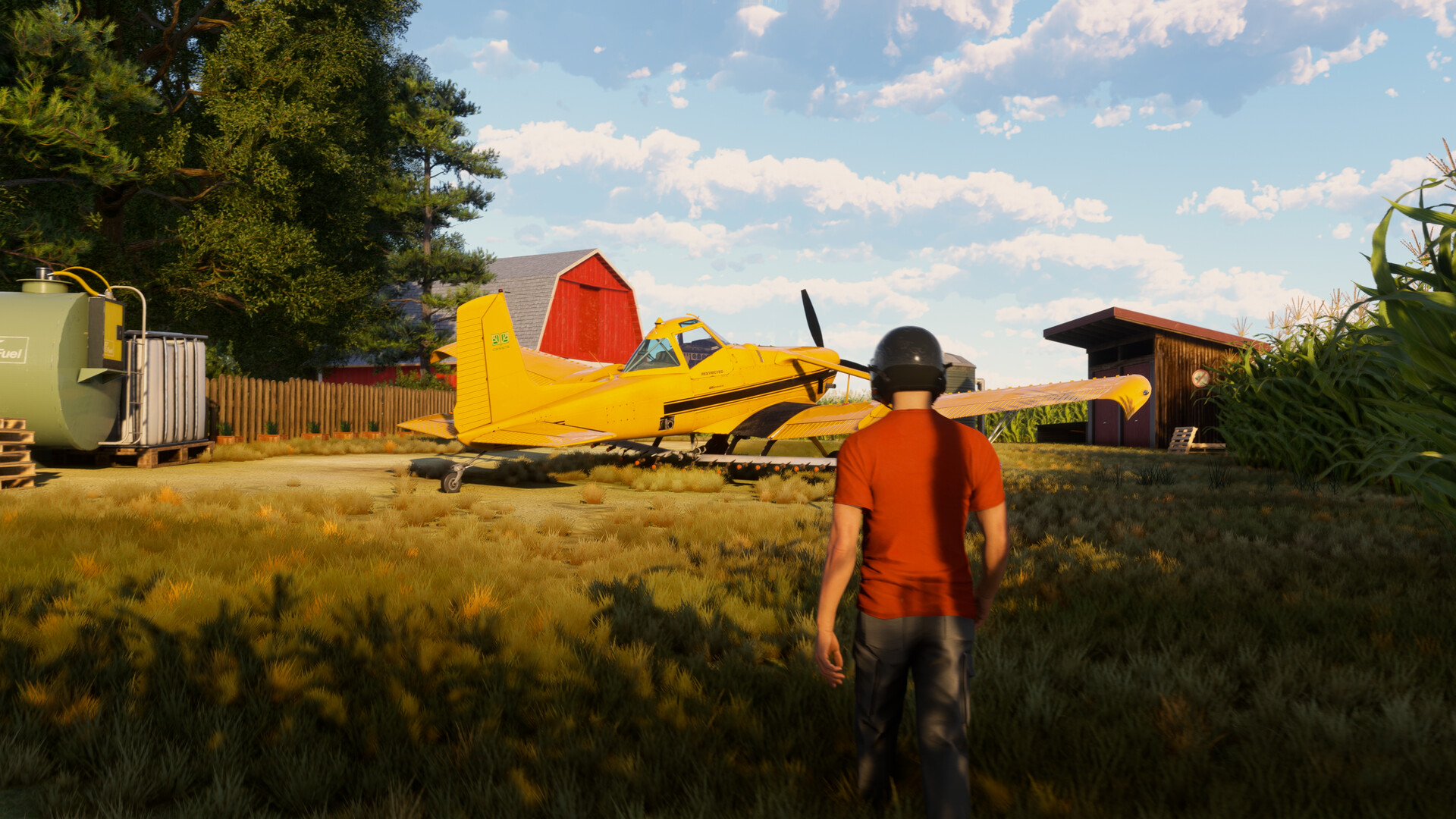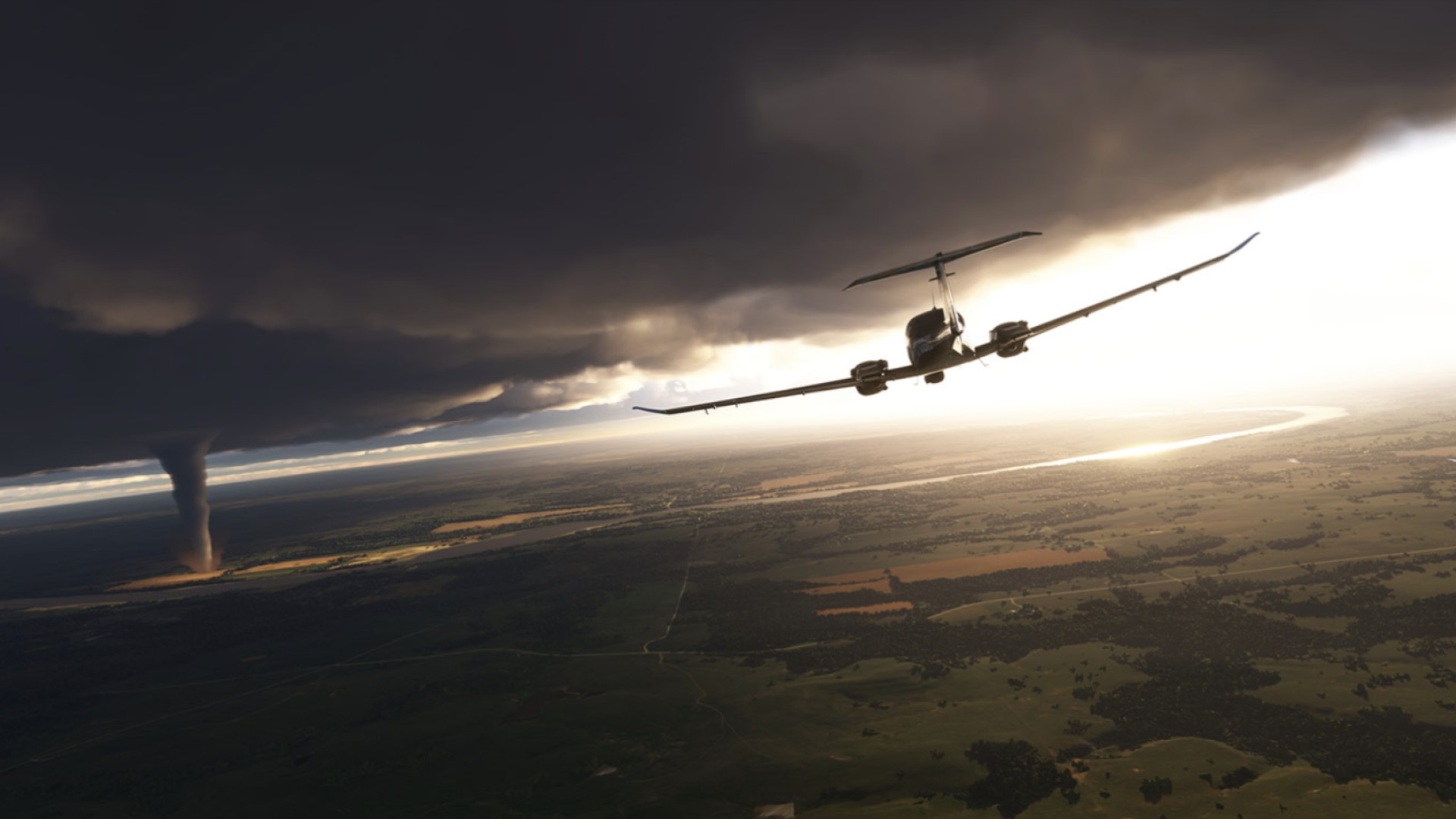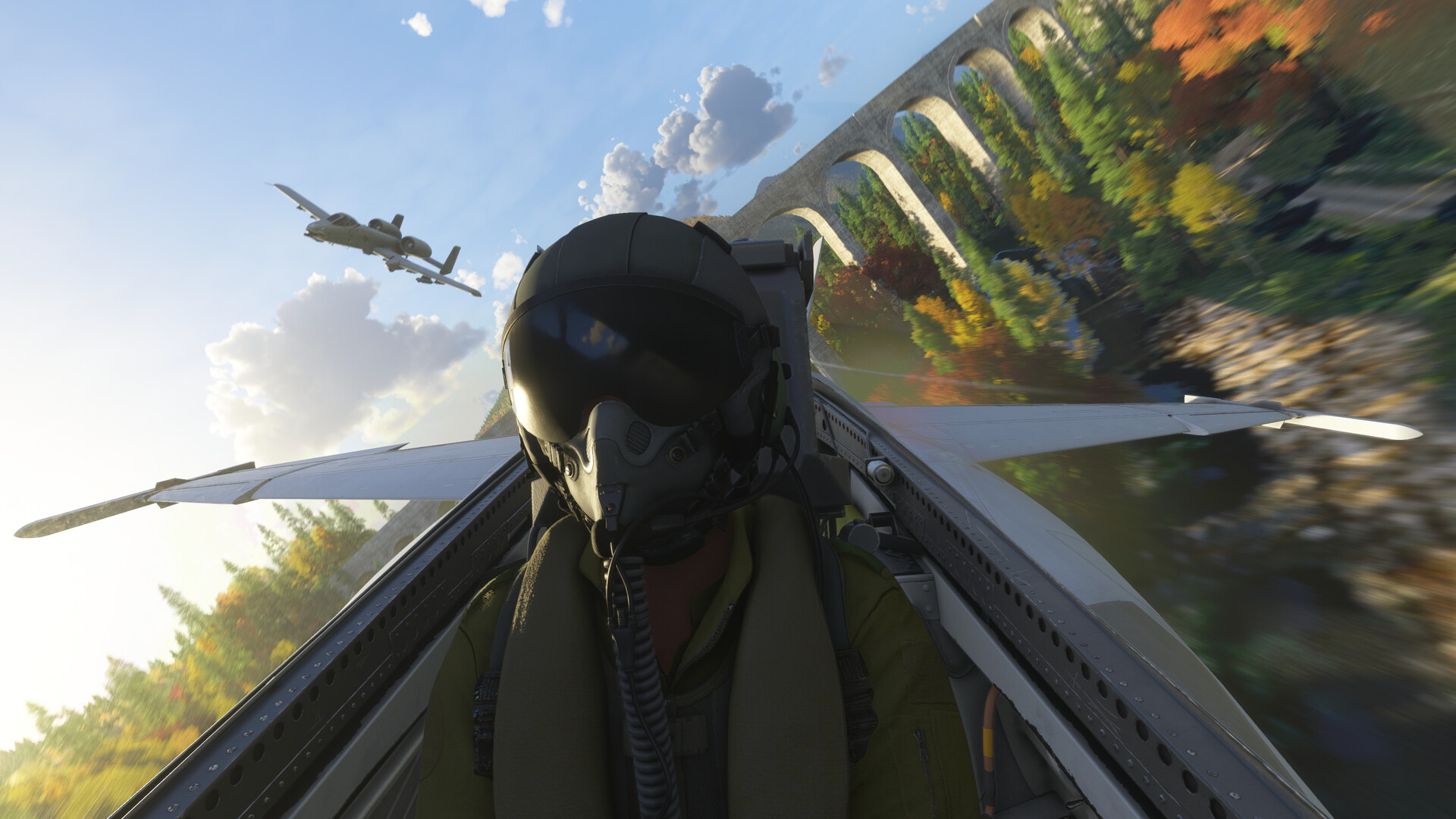
As popular as Flight Simulator was back in the day, not many could have predicted that 2020’s Microsoft Flight Simulator would perform so well. It crossed 15 million players this past June, with its immense scale, photorealistic visuals, and absurd commitment to flight simulation seeming impossible to surpass. Cue Microsoft Flight Simulator 2024 – it launches on November 19th for Xbox Series X/S and PC, alongside Game Pass (yes, one day before S.T.A.L.K.E.R. 2: Heart of Chornobyl).
Beyond just packing more into the sequel, what does Asobo Studio bring to the table with its features? Here are 15 things you should know about Microsoft Flight Simulator 2024 before pre-ordering it and not just playing it through Game Pass like everything else.
Career Mode
By now, you know about the new Career Mode. Start as a pilot at any airport, carry out missions and slowly make your way through, learning new skills via the certification tree and even acquiring more aircraft for the fleet. However, you can also create a custom avatar, and depending on your performance in certain missions, you can earn additional Credits. You can even hire staff to manage the fleet. “Virtually unlimited” missions are promised, which almost sounds like a threat to completionists.
Career Mode Limitations
The only downside to all those new missions, whether it’s aerial firefighting, cargo ops, search and rescue or aerial advertising, is that they’re only available inside Career Mode. The aircraft available to use in the mode also varies. Asobo says most “but not all” aircraft can be used in the mode, but it’s open to third parties who want to participate.
Challenges
Those seeking instant gratification can jump into the Challenge League, facing other players across various activities. But how does it differ from the challenges in the 2020 edition? As per IGN’s preview, each week brings three new challenges, ranging from two to three minutes, and you can compete at varying levels like bronze, silver and gold (with leaderboards supported). Don’t count on the flight model being any less realistic either – if the challenge is a Grand Canyon race with an F/A-18 Hornet, you must master its real-world intricacies to succeed.
Aircraft
Over 120 aircraft are available at launch for Microsoft Flight Simulator 2024, though availability depends on the edition purchased. Nevertheless, the roster looks very impressive, from the H-4 Spruce Goose from Hughes Aircraft Company and the legendary Wright Flyer to the DG-1001E and L-39. However, what’s more interesting is all the new aircraft included this year.
New Aircraft Types
New additions include the A330-743L Beluga XL, A400M Atlas, A321LR and more from Airbus alongside the S-64F Aircrane, the A-10 Thunderbolt 10, the Jetson ONE eVTOL, and the Skyship 600. If that wasn’t enough, players have not one but two types of Hot Air Balloons and the Powrachute Sky Rascal.
Enhanced Physics System
Of course, the physics has also been enhanced to accommodate the new aircraft types. The Xbox Store listing indicates over 10,000 rigid-body surfaces to simulate the shape of any aircraft (though cloth, balloons and other soft-body physics are also supported). Water and ground handling have also improved, and new systems for wear and tear and failure have been implemented.
27 Highly Detailed Biomes to Explore
Of all the new features Asobo could have implemented in a Flight Simulator sequel, touching grass was probably the least expected. Nevertheless, you venture outside of your aircraft and walk around in a location, even taking pictures as part of World Photographer mode. Perhaps most impressive is that there are 27 different biome types to explore, with numerous vegetation types, dynamic grass, and more (all affected by the weather and seasons).
Scale of the World
Asobo promises that this is the “most detailed re-creation of planet Earth to date”, but what does that mean in raw numbers? Over 100,000 square kilometers of countryside (brought to life via photogrammetry) and some 40,000 airports, nearly three trillion trees, 1.5 billion buildings, 80,000 helipads, and 40,000 airports courtesy of the game’s procedural system. You can also expect over 500 cities brought to life via triangular irregular network or TIN.
Hand-crafted Locations
An extensive list of all the locations has yet to be revealed. However, Asobo confirmed that over 150 airports, 10,000 heliports, 2000 points of interest, 900 oil rigs, and 2000 glider airports have been carefully hand-crafted for players. It’s incredibly exciting, especially when stacked up to the previous game’s offerings, and you can expect those numbers to go up as more World Updates are released.
Photometric Lighting and New Cloud Types
The world has seen its share of graphical improvements, from improved vehicle traffic to ship traffic, which also applies to the lighting. Everything looks more realistic thanks to a new photometric lighting system. And while weather improvements mean realistic seasons, storms and even aurora borealis (at this time of year etc. etc.), you can also look forward to fresh new cloud types if the gorgeous skyboxes haven’t showcased that already.
Additional Details on Flight Planning
The new Flight Planner is exactly what fans have clamored for since 2023. While you can plan routes, allocate fuel, and whatnot, it supports IFR and VFR map layers, ETOPS planning, IFR Charts, and NOTAMS. Even better, you can use the flight planner on mobiles or through a web browser.
New Aircraft Systems
But wait, there’s more. Have you ever wanted to conduct walkaround checks or inspections? Flight Simulator 2024 offers that while implementing electrical, fuel, hydraulic and fuel systems alongside payload and passenger systems for aircraft, which are “highly accurate.” You even have avionics like Universal UNS-1 FMS and Honeywell Primus Epic 2 available.
PC Requirements
It’s bad enough that Flight Sim 2024 demands top-of-the-line CPUs and GPUs on PC for its “ideal specs,” but you better pack enough RAM as well. To fully push the game to its limit, you need an Intel Core i7-14700K or AMD Ryzen 9 7900X, a GeForce RTX 4080 or Radeon RX 7900 XT (12 GB VRAM) and 64 gigs of RAM.
The other requirements are a little more reasonable. Minimum settings include a Core i7-6800K or Ryzen 2600X, 16 GB RAM, and a GTX 970 or Radeon RX 5700 (4 GB VRAM), while the recommended settings necessitate a Core i7-10700K or Ryzen 7 2700X, a measly 32 GB RAM, and an RTX 2080 or Radeon RX 5700 XT (8 GB VRAM).
If it’s any consolation, the base installation size is only 50 GB, but online bandwidth requirements for streaming assets via the cloud vary significantly. Minimum specs require 10 Mbps, recommended specs demand 50 Mbps, and ideal specs require 100 Mbps.
Carries Over Content From Flight Sim 2020
Microsoft Flight Simulator wasn’t just a compelling flight sim – it also offered a pretty robust market with tons of add-ons, with new aircraft, liveries, missions, scenery, airports, bundles, and more for real money. Flight Simulator 2024 is going in the same direction, but almost any add-on purchased for the 2020 edition will carry over.
Furthermore, upgrades to Microsoft-produced content like Expert Series, Local Legends, and so on will be free. And yes, aircraft from the Microsoft Store version of Flight Sim 2020’s Premium Deluxe Edition will work in Flight Sim 2024, even if you purchase the latter through Steam.
“The Biggest and Most Advanced Consumer Flight Sim”
If everything before this wasn’t enough to convince you of Microsoft Flight Simulator 2024’s scale, listen to the development team, which outright calls it the “biggest and most advanced consumer flight simulator ever released.” Over 500 developers spread through multiple teams who worked on bringing the title to life, compared to 120 employees who worked on Flight Sim 2020.









